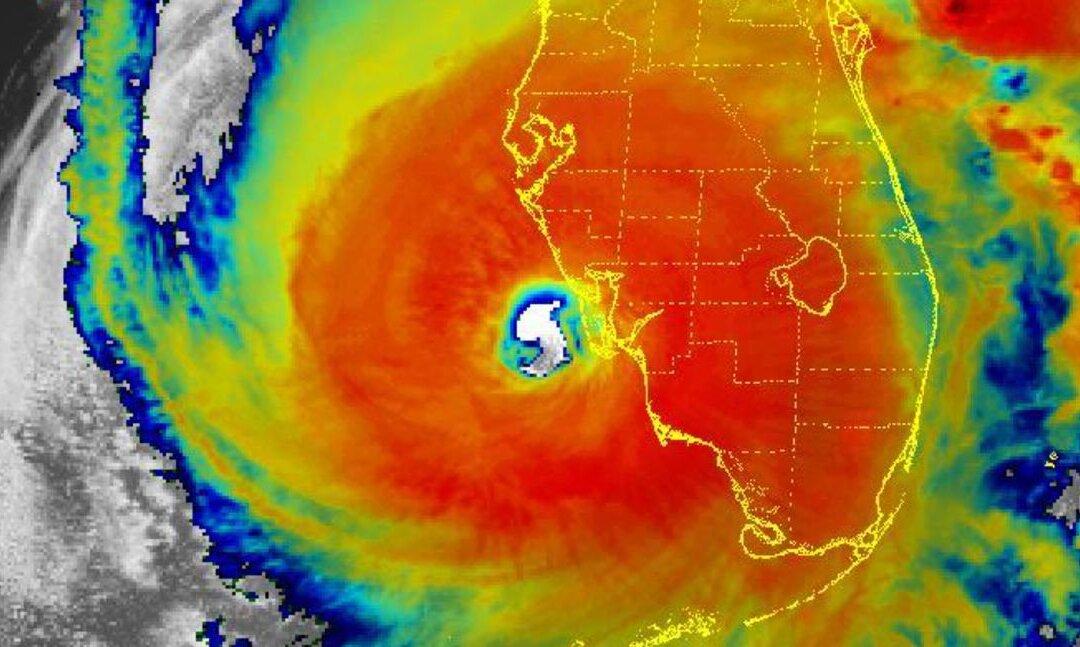Update: Hurricane Ian has weakened further to a Category 1 system with top sustained wind speeds of 90 mph, hours after it made landfall over the west coast of Florida Wednesday afternoon as a Category 4.
The National Hurricane Center said in an 11 p.m. update that Ian continues to batter the Florida Peninsula with storm surges, wind, and flooding as it moves north-northeast at around 8 mph. Ian is forecast to weaken further in the next day or so.





